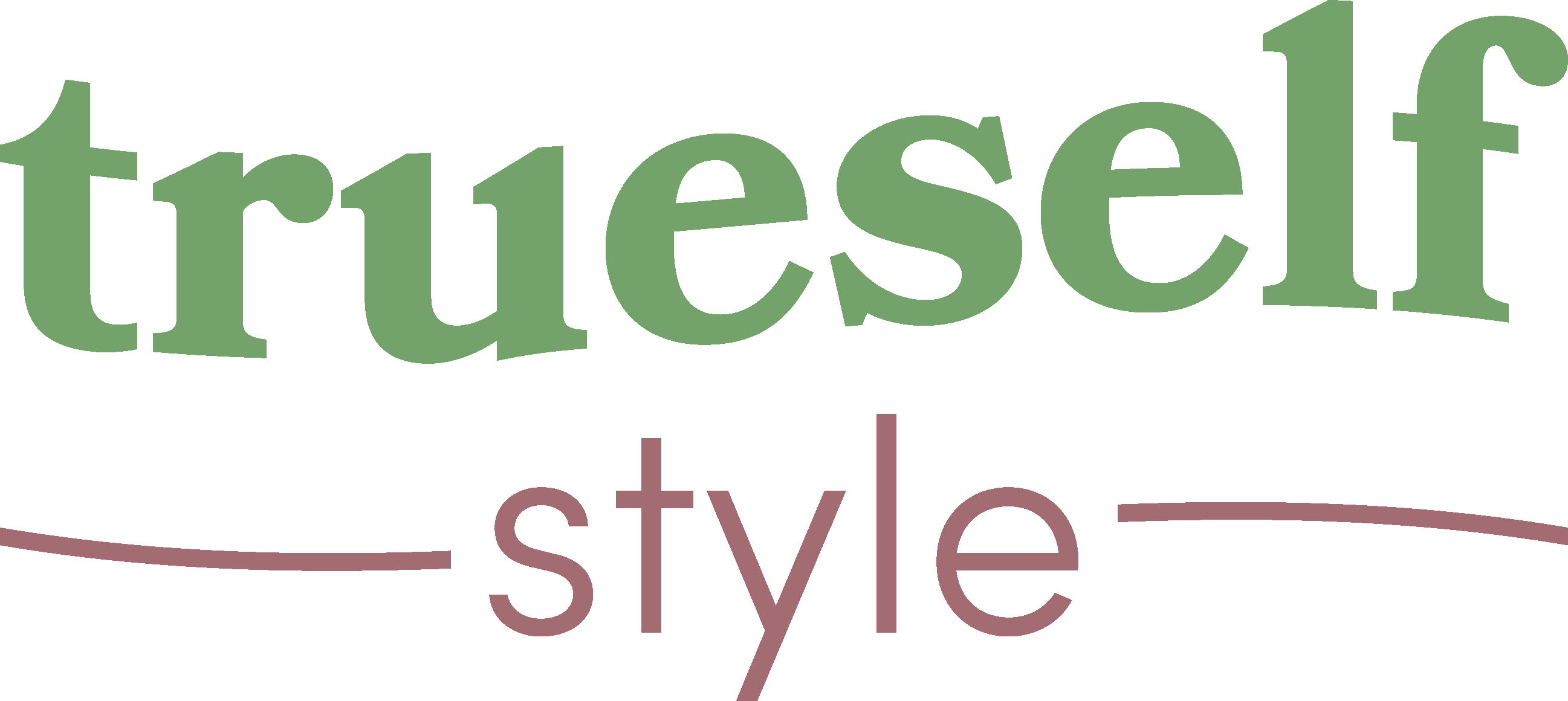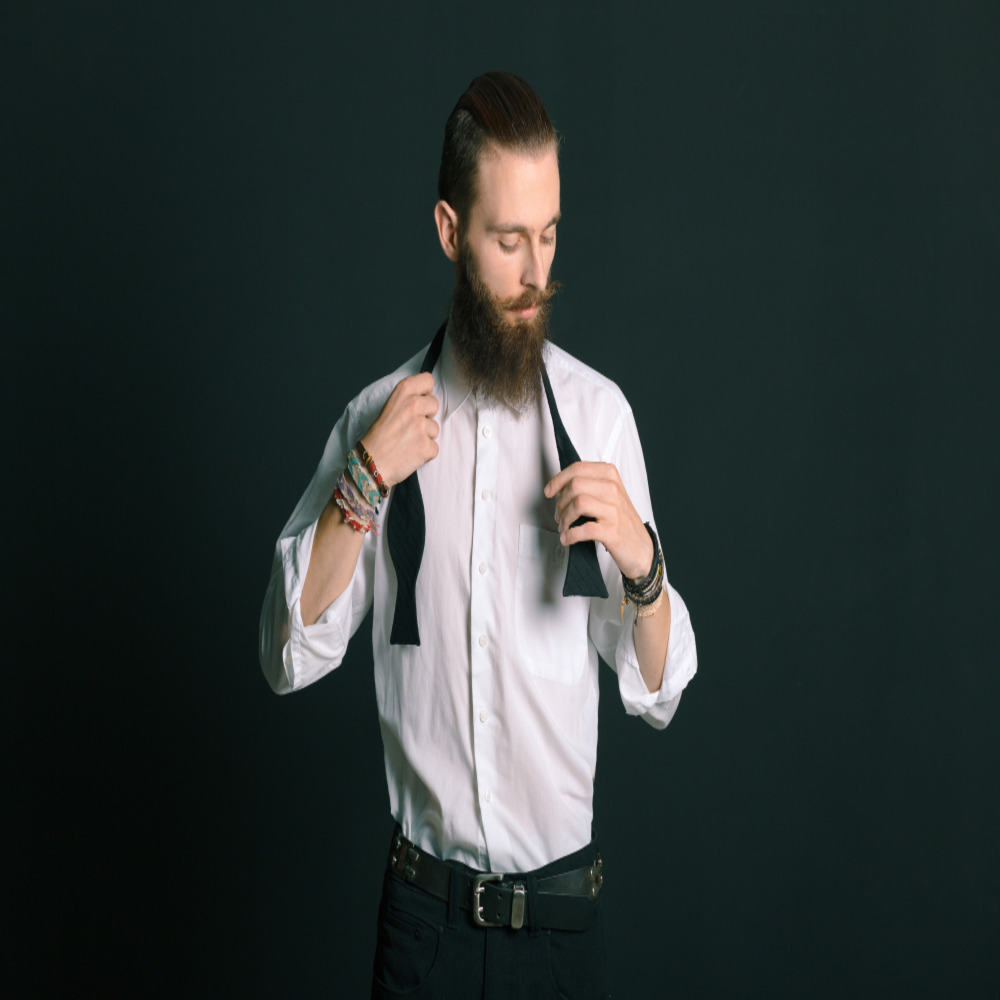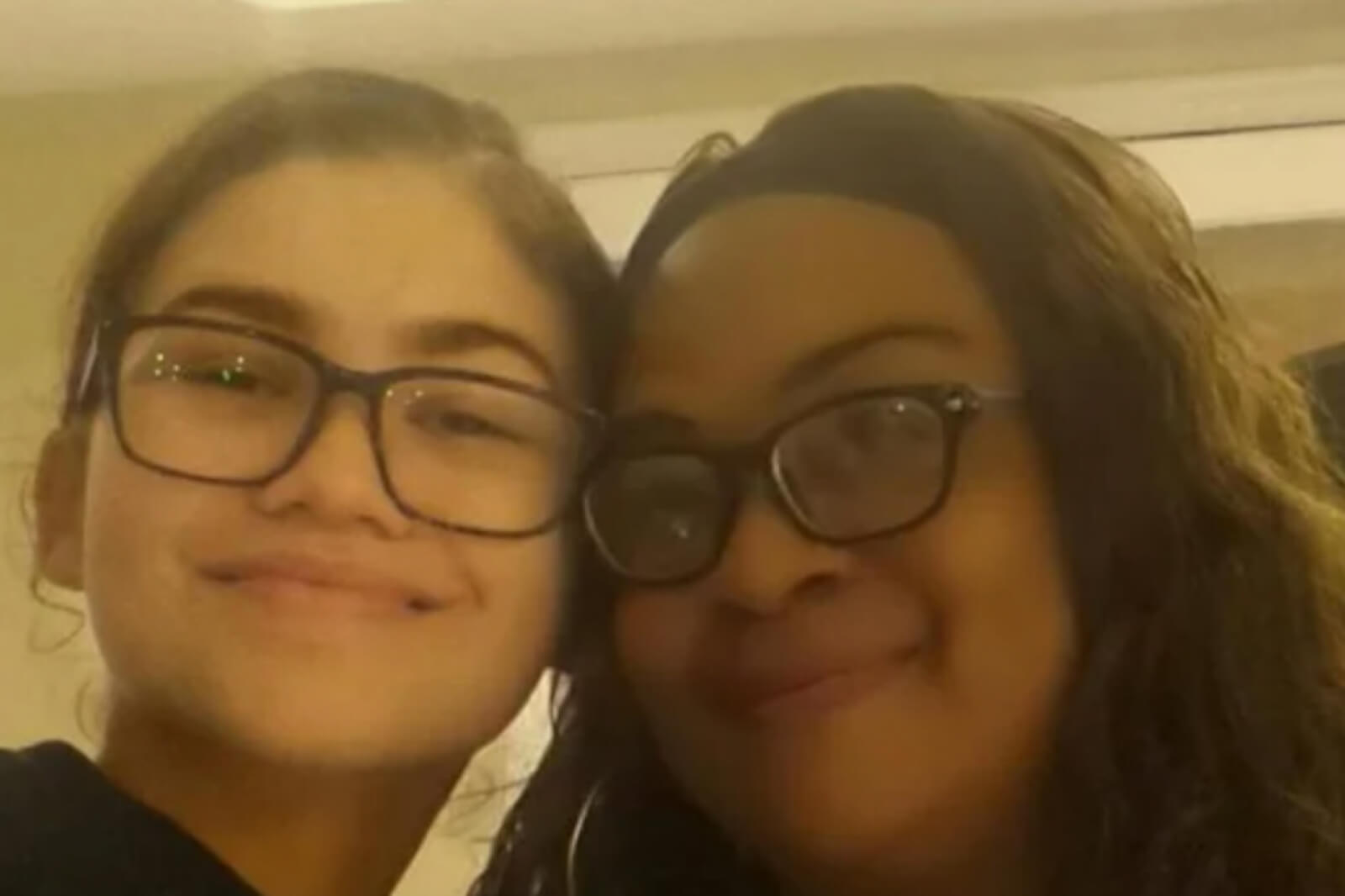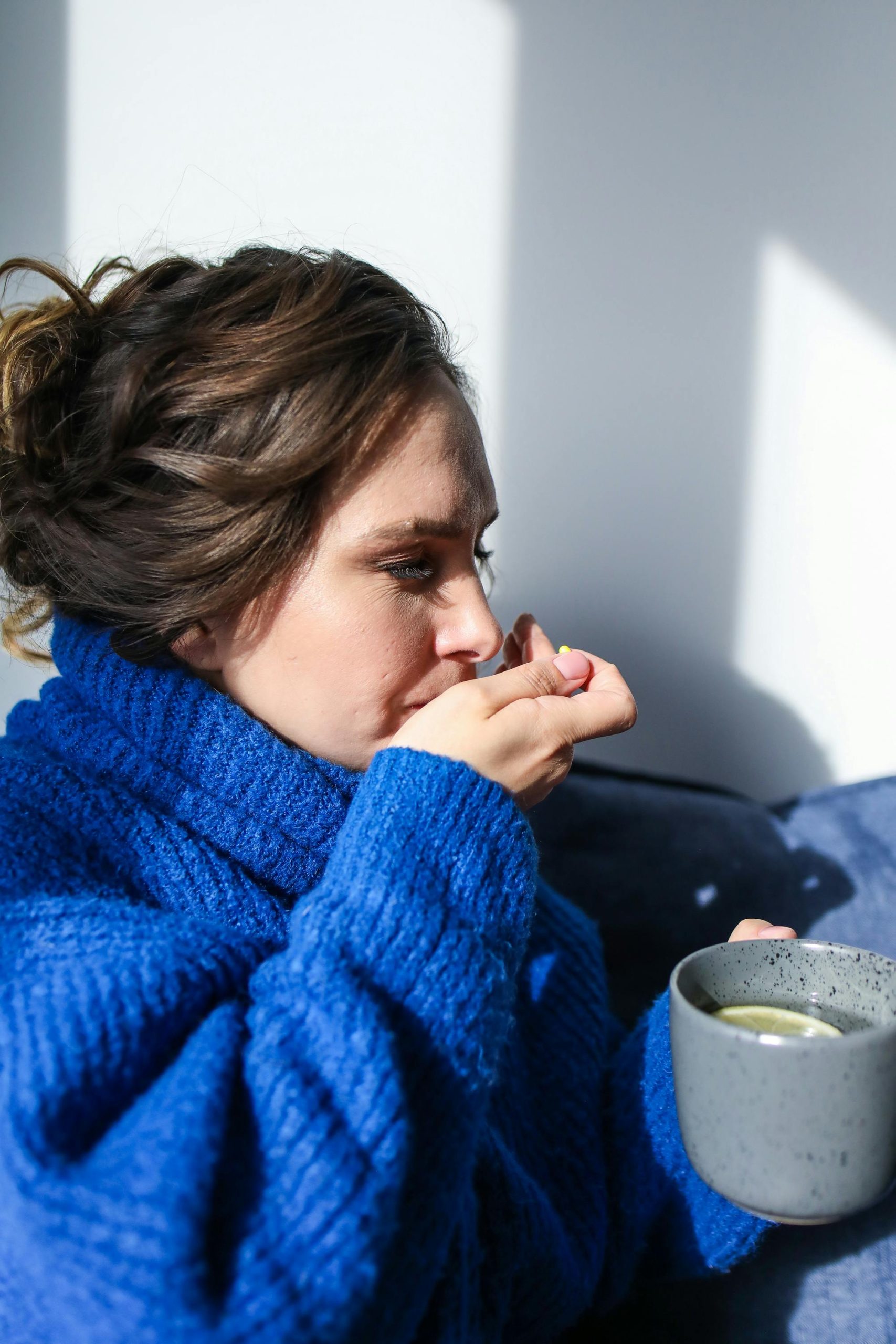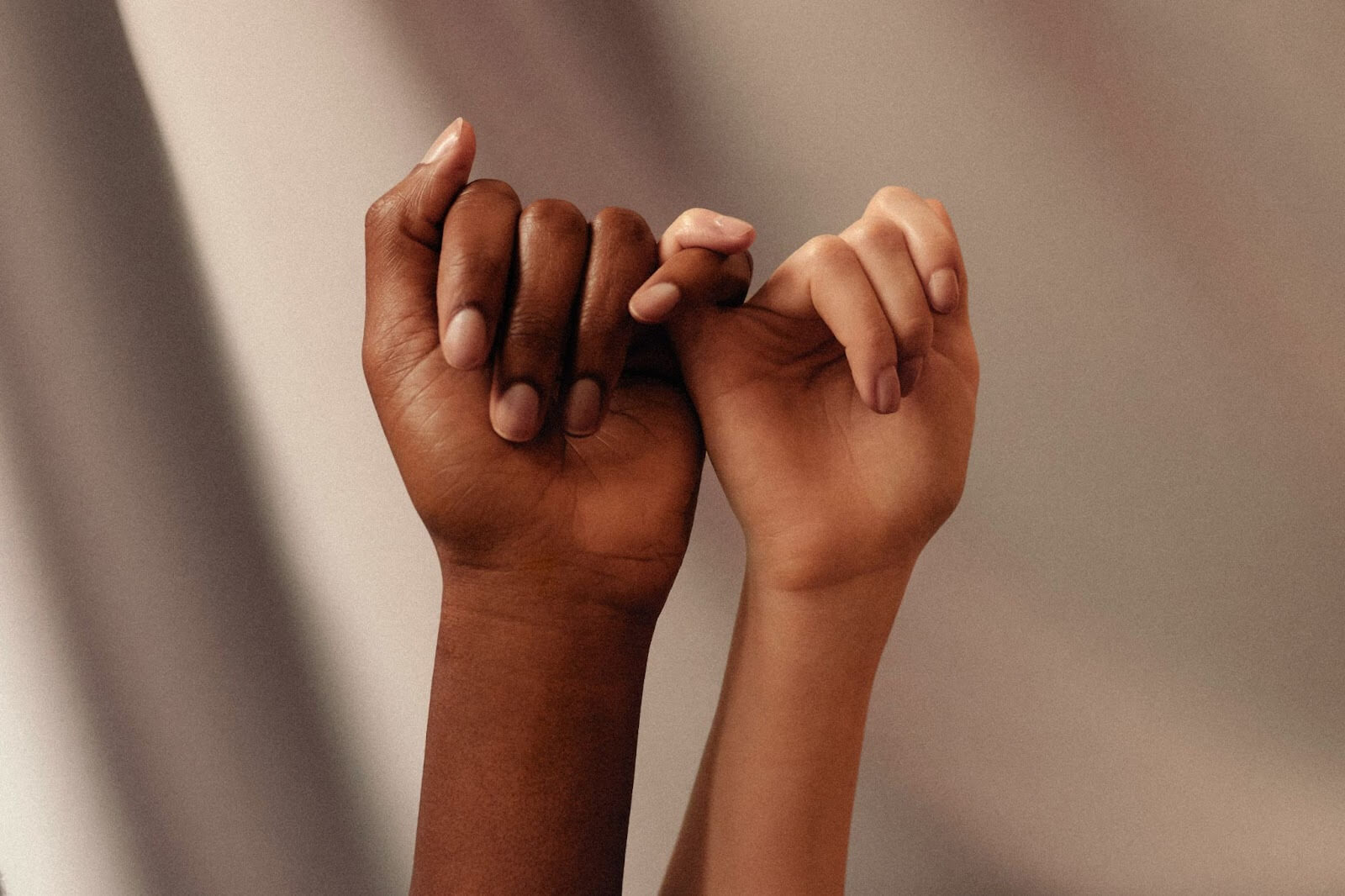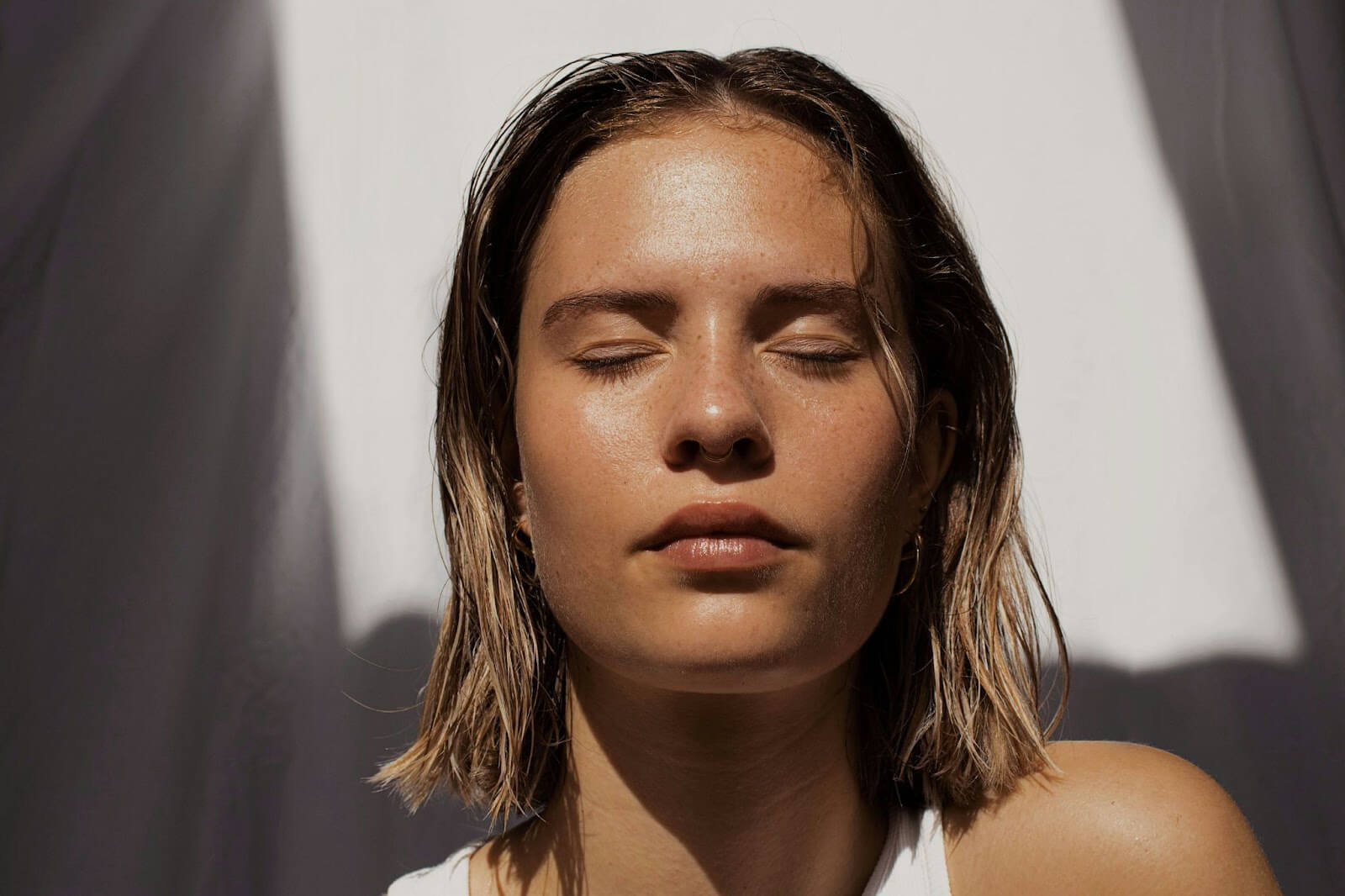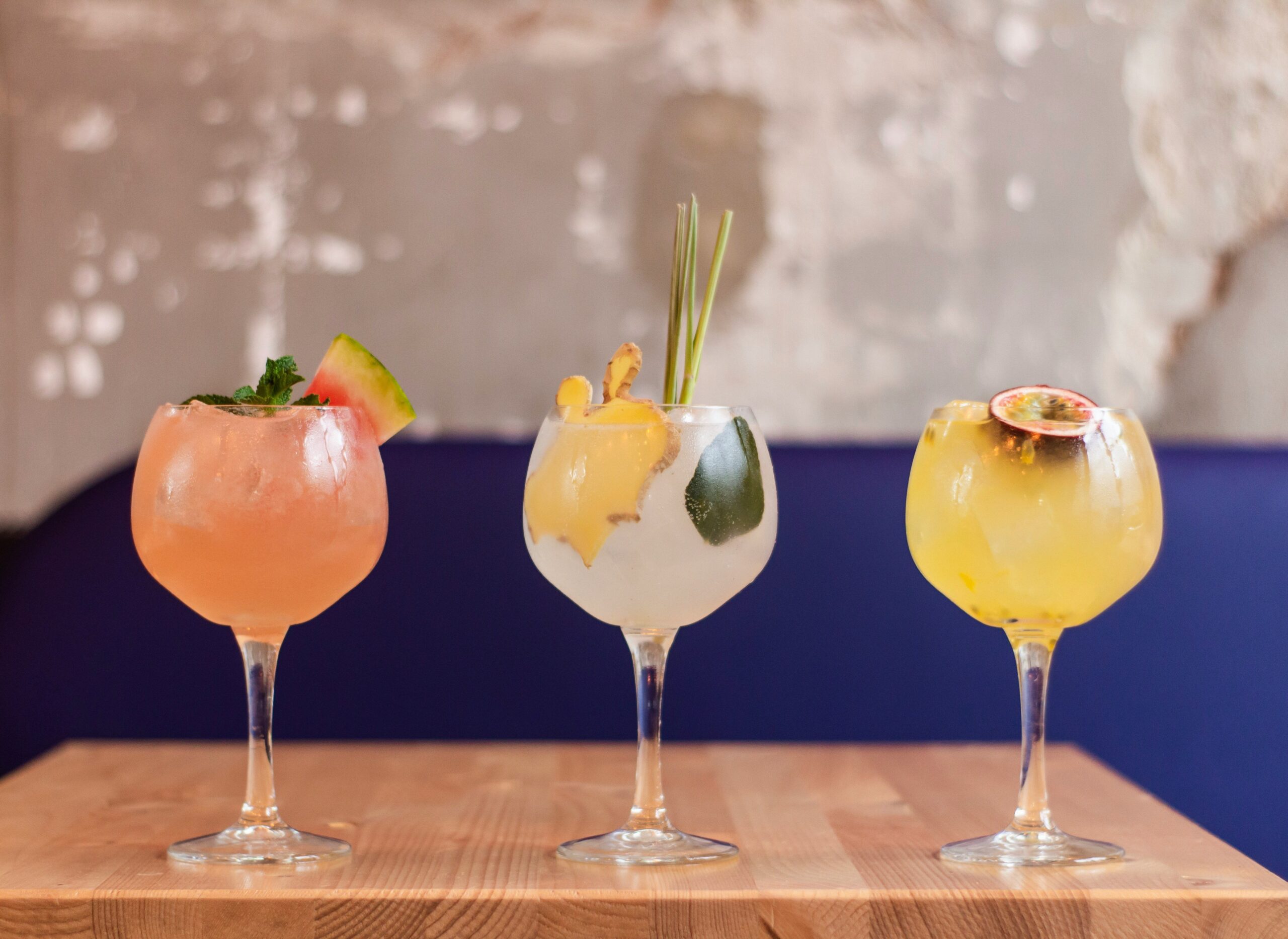The humble necktie, once relegated to unimaginative office attire, is experiencing a renaissance in all your favorite cool girls’ wardrobes. People’s Princess and certified fashion goddess Ayo Edebiri has followed in ASAP Rocky’s footsteps and is a walking Bottega Venetta ad in ties and loafers. At Paris Fashion Week, Sabrina Carpenter traded in her sequins for a white suit and tie. Billie Eilish, in true Sapphic fashion, has been wearing ties with her signature oversized garb. And Zendaya, the style icon to end all style icons, can’t stop wearing ties to tennis matches. So Tashi Duncan coded.
From runways to street style, this traditionally masculine accessory is versatile and effortlessly cool, suddenly becoming the it-girl accessory of choice.
While ties have made periodic appearances in women’s fashion over the decades, I first started seeing them around the necks of Lower East Side cool girls strutting New York City streets two summers ago. Then, like that scene from Devil Wears Prada, they were everywhere, thanks to the Fall 2022 womenswear collections. Windsor knots graced the catwalks at Louis Vuitton, Gucci, Kenzo, Raf Simons, and Sportmax. Zendaya turned heads at the 2022 Oscars after-party in a full Sportmax suit-and-tie ensemble, setting the stage for the trend’s massive influence. No wonder she’s integral its resurgence.
Why Ties?
The beauty of the women’s tie trend lies in its versatility. Once reserved for stuffy offices, we’ve set her free, and now you can wear ties anywhere — to run errands, to sashay down the street, on vacation, or even to kiss a hundred boys in bars. But do you want to wear a tie to the club?
Thanks to the Office Siren trend, it might not be as farfetched as you think. So many of the cool girls at my local intimidating bar are wearing square-rimmed glasses to go out. And the blouse-capri combo has never been more ubiquitous. I’ve even been seeing kitten heels and slingbacks on nights out or days on the town.
But while the Office Siren is an offshoot of the dark feminine aesthetic, and is therefore defined by skirts and feminine cuts, tossing a tie into the mix gives your outfits a masculine energy. Until now, ties have been inextricably linked with masculinity, professionalism, and power. It’s been a staple of boardrooms, courtrooms, and corridors of influence, a visual shorthand for “I mean business.”
Juxtaposing feminine pieces or a classic outfit with a tie is unexpected in any setting. I mean, if I rocked up to the office in a tie tomorrow, heads would turn. So, imagine the drama of adding a tie to your going-out attire.
It’s Not That Crazy — Here’s Why
Thank goodness for Hailey Bieber. Without her, where would the slick-back-and-blazer-as-personality-trait girlies be? All jokes aside, the reign of the blazer and slick bun ushered in the Gen Z era of wearing bizcaz to the club.
Maybe it’s because Gen Z has been entering the workforce over the last half-decade and trying (some might say failing) to navigate professional dressing while retaining their personal style. That’s why we’re seeing pleated pants, vests, and button-downs re-enter the sartorial conversation. And thanks to the cost of living crisis, the clothes I buy for work better pull double duty. Now I finally understand the recession-era term “take your clothes from day to night”.
So in this era, what’s adding a tie to the mix? It’s the next logical frontier. And if you get in now, you’ll be one of the first trendsetters to adopt it.
The Appeal of Androgenous Dressing
The tie’s resurgence speaks to a broader fashion shift towards gender fluidity and the reenvisioning of traditionally masculine pieces. It’s part of the ongoing conversation about gender and fashion. As designers blur the lines between menswear and womenswear, accessories like ties become a playground for self-expression rather than rigid symbols of gender conformity.
From Harry Styles in dresses and pearls to women embracing oversized suiting, the lines between “menswear” and “womenswear” are blurring more than ever before.
Of course, a formative Gen Z example of androgyny in fashion is Bottoms. While those high school students certainly weren’t wearing ties, the film’s impact is clear: encouraging all of us to embrace androgyny. Its cast, notably Ayo Edebiri and Rachel Sennott, are also known for embracing menswear with a playful spin.
Bottoms was also transformative for how it showed the impact of notably lesbian fashion on popular culture. And lesbians? They’ve been wearing ties. It was about time that everyone else caught on.
The women’s tie trend is about far more than mere fashion – it’s about freedom. Freedom to play with gender norms, freedom to express oneself authentically, and freedom to redefine what power dressing looks like in the 21st century. So whether you choose to knot up or not, the women’s tie trend offers a valuable reminder: fashion is at its best when it challenges us to think differently, to question standards, and to express our authentic selves – whatever that may look like.
No wonder fashion trendsetters and boundary pushers are adopting this trend. When have you ever known Billie Eilish to buck away from a daring fashion risk? And if Ayo Edebiri approves a trend, I’ll be putting it on my moodboards. Next on the list: her culottes in The Bear.
So, does the tie trend mean we should all rush out and stock up on neckwear? Not necessarily. For some girlies, adding a tie or three to their wardrobe might feel like a natural extension of their personal style. For others, it might feel forced or uncomfortable. So just because Ayo pulled up in the Thom Browne, doesn’t mean you have to raid your dad’s closet and blend in with the investment bankers at after-work drinks.
As with any fashion movement, the key is finding what works for you as an individual. From bandage dresses to blazers, going out dressing has changed. Someone told me Jefferey Campbell boots are coming back, so all bets are off.
